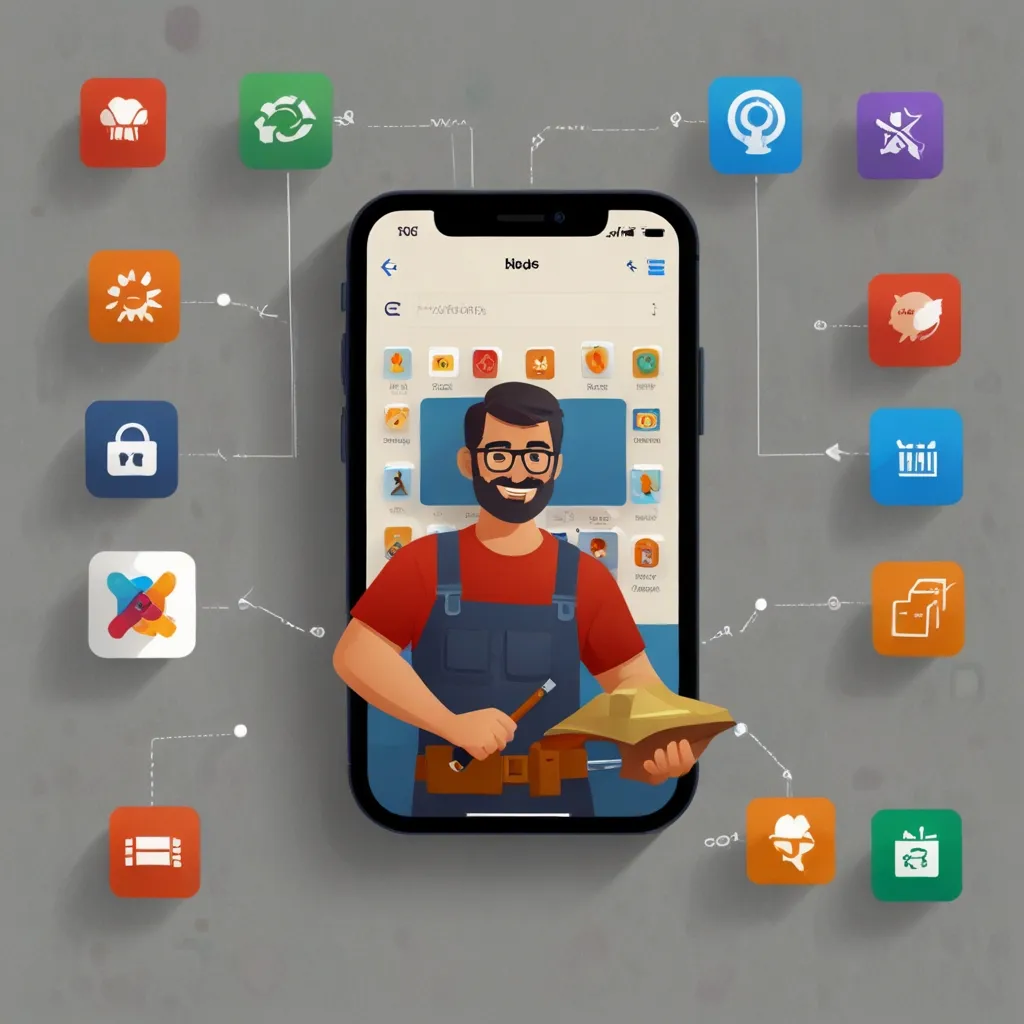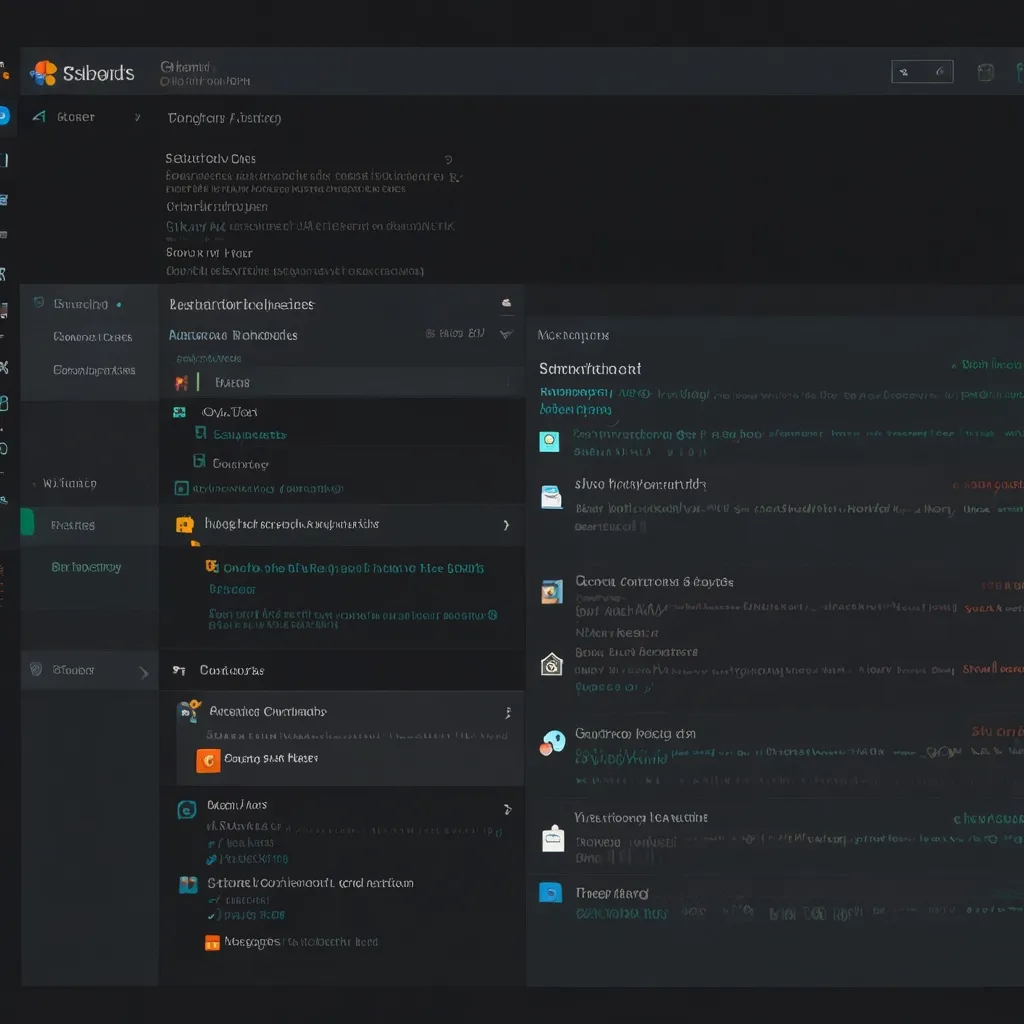When writing code, a long-debated topic among developers revolves around the balance between conciseness and clarity. While shorter code can often be elegant and efficient, ensuring it remains readable and understandable is absolutely key. In this article, we will dive into why striking the right balance is critical to creating not only efficient but also easily comprehensible code.
First, let’s talk about why shorter code is so tempting. Imagine you have a sleek piece of JavaScript that sums up an array of numbers:
const sum = arr => arr.reduce((a, b) => a + b, 0);
This one-liner makes clever use of the reduce() method to find the sum. Pretty neat, right? Less code to read and slick, but reduction in code length shouldn’t sacrifice clarity. Keeping your code understandable is equally, if not more, important.
Moving on to clarity, which is absolutely invaluable for readability. Think of it like texting versus emailing; a few abbreviated words might get the message across, but a well-written email is understandable and more appreciated. For example, if you’re simulating a vending machine in your code, naming your variables and functions descriptively makes all the difference:
const vendingMachine = {
inventory: {
cola: 5,
sprite: 3,
water: 10,
},
purchase: function(drink) {
if (this.inventory[drink] >= 1) {
this.inventory[drink]--;
console.log(`Vending ${drink}, please take your drink.`);
} else {
console.log(`Sorry, ${drink} is out of stock.`);
}
},
};
// Usage
vendingMachine.purchase('cola'); // Vending cola, please take your drink.
vendingMachine.purchase('sprite'); // Vending sprite, please take your drink.
vendingMachine.purchase('water'); // Vending water, please take your drink.
vendingMachine.purchase('juice'); // Sorry, juice is out of stock.
In this example, every name makes clear what it represents, making it super easy to understand and note how the vending machine should behave. The code is structured to be understandable, promoting maintainability and ease of collaboration.
Now, let’s talk about some tricky situations caused by over-conciseness. Nestled ternary expressions, for instance, can turn your code into a puzzle no one wants to solve:
return n == 0 ? 0 : n == 1 ? 1 : fib(n-1) + fib(n-2);
While this expression calculates the nth Fibonacci number, unraveling its meaning requires more brainpower than necessary. Compare it to a more verbose yet comprehensible version:
if (n == 0) {
return 0;
}
if (n == 1) {
return 1;
}
return fib(n-1) + fib(n-2);
This code is easier to grasp at first glance. Sometimes, using a few extra lines makes your code a whole lot friendlier.
There’s also a useful strategy known as “guard clauses.” Instead of wrapping your code in multiple if statements leading down a ladder of conditions, guard clauses let you exit a function early, making everything far cleaner and more direct:
function validateInput(input) {
if (input === null) {
throw new Error("Input cannot be null");
}
// Rest of the function
}
By dealing with the special case immediately, the rest of your code remains uncluttered and easy to follow.
Consistency is another cornerstone of clarity in code. Sticking to naming conventions, indentation, and commenting standards makes the entire codebase more coherent. Think about it: alignment and separation of different sections in your code work just like paragraphs in a book, making it easier to read:
function calculateSum(arr) {
let sum = 0;
for (let i = 0; i < arr.length; i++) {
sum += arr[i];
}
return sum;
}
Blank lines here and there, consistent indentation, and following a familiar structure take the guesswork out of understanding your code.
However, the golden rule is balancing brevity and clarity. Use meaningful names for your variables and functions, break down complex logic into smaller, easier-to-digest pieces, and use built-in methods instead of reinventing the wheel:
// Custom implementation
function isEven(number) {
return number % 2 === 0;
}
// More concise but less clear for those unfamiliar with bitwise operations
function isEven(number) {
return !(number & 1);
}
While the latter is snappier, the former is instantly understandable. Sometimes clarity is worth a couple of extra keystrokes.
Don’t forget the power of comments and good documentation. They provide extra context and explanations, making it easier for others to get up to speed without having to untangle your code manually:
// Argument "a" cannot be null. Throws exception if "a" is null.
function processData(a) {
if (a === null) {
throw new Error("Argument 'a' cannot be null");
}
// Rest of the function
}
Comments like these ensure that anyone reading your code later knows what’s going on and why particular decisions were made.
Achieving this balance requires a conscious effort but paying attention to these aspects can have significant benefits over time. Clear, maintainable code is less prone to bugs, easier to debug, and a joy to work with for future engineers.
Remember, modern compilers and interpreters are incredibly efficient. The performance gains from writing ultra-concise code often pale in comparison to the long-term advantages of clear, readable code. So, the goal should be to draft code that is simple to understand, ensuring that the next person (or future you) who picks it up can make sense of it without breaking a sweat.
So, there you have it. Balancing brevity and clarity isn’t just a nice-to-have, it’s a must-do. By embracing meaningful names, standards, comments, and the right amount of verbosity, you’ll turn your code into something elegant and easy to understand. Your future self and fellow developers will certainly thank you for it.






